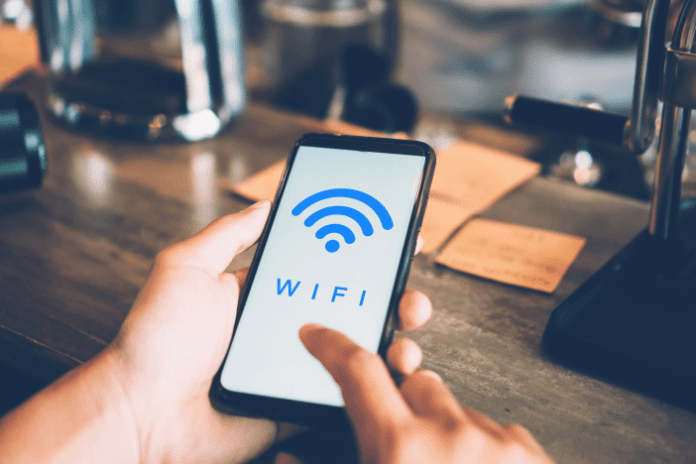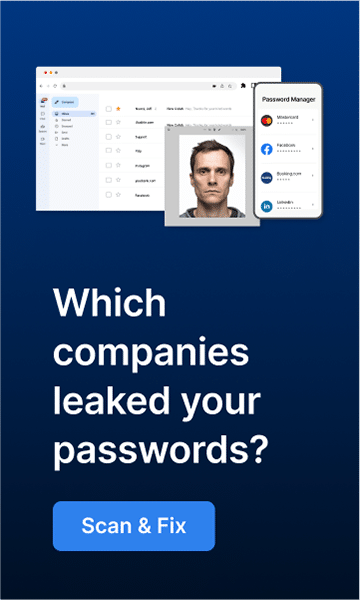Public Wi-Fi networks are a great convenience but can also be risky. Because many public networks lack high-level security, it’s simple for tech-savvy fraudsters to break into them and prey on unaware people. This blog post will discuss staying safe on public Wi-Fi networks and avoiding scamming.
Why is Public Wi-Fi Insecure?
You can now find free WiFi hotspots in many public places, from hotels and airports to coffee shops. Many people appreciate being able to stay connected while they’re on the move. This is especially useful for businessmen and women who might need to conduct some work while they’re away from the office. However, there are several dangers associated with using public WiFi that most people don’t know about, the worst of which is the Man in the Middle attacks.
What is Man in the Middle attacks?
A Man in the Middle (MiTM) attack is a type of cyberattack where a malicious actor inserts themselves into a conversation between two parties to eavesdrop or intercept messages. In other words, the attacker impersonates both ends of the communication to gain access to sensitive information. Either hacking can do this into an existing connection or create a fake WiFi network that looks legitimate.
There are a few things you can do to protect yourself from MiTM attacks while using public WiFi:
Use a Virtual Private Network
When conducting various tasks over a Public Wi-Fi Network, you risk losing your personal and financial information to hackers. The essential thing you can do to safeguard yourself is to use a Virtual Private Network (VPN). A VPN encrypts your traffic and masks your IP address, making it significantly harder for cybercriminals to steal your data.
VPNs are incredibly beneficial for keeping your data secure from prying eyes. It’s essential to remember that VPNs can’t do everything. When you turn on a VPN, the data coming from your device is first sent through an encrypted passageway. Then it’s sent to a server run by the VPN company. That way, neither your ISP nor anyone else can see what websites you’re visiting or what files you’re downloading.
Be Aware of Phishing Scams
Phishing scams are more prevalent when using public Wi-Fi, as scammers can pose as credible sources. Phishing is where an unauthorized person pretends to be from a legitimate business through email, text, phone call, or social media platforms. You may receive messages that look like they’re coming from your bank or credit card company, but it’s really just a scammer trying to get your personal information.
The scammer will try to get your personal information from you by saying that the bank or organization needs to verify customer records because of a technical error, or they may offer a prize if you fill out a customer survey.
Update your cybersecurity tools
Be sure to apply software updates to your cybersecurity tools as soon as they are released. Most computer security tools will have at least one or two major updates each year—though some may release smaller security patches more often, depending on specific issues that need addressing.
While it is advantageous for security tool providers to release all of their tools simultaneously each year, this is not a realistic aim. So, if you’re using any security tool, stay in touch with the developer of each tool at least once every three months. Some developers will notify their consumers when new security patches and updates are available for a program.
How to protect your personal information?
- Don’t login into bank accounts, don’t use your email, and don’t do any other activity that requires personal information: When you are on a public Wi-Fi network, it is important to remember that anyone can see what you are doing. If you log into your bank account, someone could be watching and collecting your information. The same goes for using your personal email or any other activity that requires personal information. Be sure only to do these activities on a secure, private network.
- Only use websites you know are fully encrypted: check for “https://” at the beginning of the web address and/or a closed padlock symbol.
- Never enter personal information on a website that doesn’t have SSL encryption.
- Don’t save passwords in your browser; make sure to use strong passwords: at least eight characters, with a mix of upper- and lower-case letters, numbers, and symbols.
- Use a password manager: A password manager is software that helps you generate and store strong passwords. This way, you only have to remember one master password to access all of your other accounts.
- Turn on two-factor authentication: Two-factor authentication is an extra layer of security that requires you to enter a code from your phone in addition to your password. This makes it much harder for someone to hack into your account, even if they have your password.
- Keep your antivirus and firewall turned on: Antivirus software protects your device from malware, while a firewall helps to block unauthorized traffic.
Public Wi-Fi can be convenient, but it is important to be aware of the risks before using it. Be sure to protect your personal information, such as using a VPN and only accessing encrypted websites. Additionally, update your security tools regularly and turn on two-factor authentication for extra protection. Following these tips can help keep your data safe when using public Wi-Fi.

